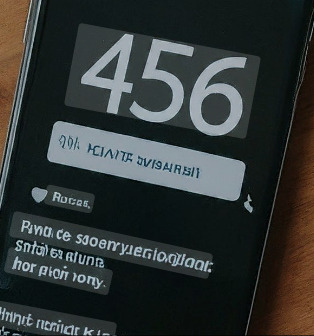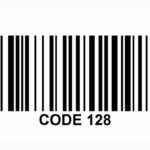The short code 456 is a legitimate, official transactional short code used exclusively by T-Mobile to send critical, non-promotional alerts directly to its customers.
If you receive a text from 456, it is a high-priority notification that typically indicates a recent or pending change to your T-Mobile account, ranging from security updates to billing modifications. You should pay close attention to any text message received from the 456 short code.
This article details the specific purposes of the T-Mobile 456 text message, explains the critical security risk associated with this code, and provides steps on how to manage these alerts.

Main Body: What the T-Mobile 456 Text Message Means
The 456 short code is reserved for crucial account and service communications, often acting as a security confirmation system.
- High-Risk Account Security Alerts
The most vital function of the 456 short code is to alert you to changes that could lead to account takeover:
- PIN/Password Changes: Confirmation that your account PIN or password has been successfully modified.
- SIM Card Updates: Notifications that a SIM card has been swapped or a new eSIM has been activated on your line.
- Port Status: Alerts regarding the status of a number transfer (porting a line in or out).
- DIGITS Login: Verification codes for linking your number to T-Mobile’s DIGITS service.
- General Transactional and System Updates
The 456 code is also used for less urgent, but still important, administrative messages:
- Confirmation of AutoPay setup or changes.
- Updates regarding device protection plans.
- Confirmation of a line being temporarily suspended or restored.
- Alerts confirming a change to your billing address.
The T-Mobile 456 text message is a frequent target of highly effective phishing scams. Scammers rely on the legitimate nature of the 456 code to trick victims.
The Scam Scenario: Account Takeover
- Scammer Calls: A fraudster calls you, pretending to be a T-Mobile representative or technical support.
- Scammer Initiates Action: While on the phone, the scammer initiates a sensitive action on your account (e.g., a SIM swap or password reset) through the official T-Mobile system.
- 456 Sends Code: This action triggers a legitimate One-Time PIN (OTP) to be sent to your phone from the 456 short code.
- Scammer Asks for Code: The scammer then asks you to read the code aloud, claiming it is necessary “to confirm your identity” or “to block the fraud.”
Actionable Safety Rule:
NEVER share any code you receive from 456 or any other short code. T-Mobile’s policy is that their representatives will never call you and ask for this code. If someone asks for it, they are the fraudster attempting to take over your account.
Frequently Asked Questions (FAQ)
Can I text back to 456 to ask a question?
T-Mobile states that the 456 short code is not a monitored channel for two-way conversations. If you send a message to 456, you may receive an automated response redirecting you to dial 611 or use the T-Life App for messaging support.
How do I stop receiving texts from 456?
Since texts from 456 are considered essential security and transactional alerts, T-Mobile does not typically allow users to opt-out of these messages using the “STOP” keyword.
- Recommended Action: The best way to manage these alerts is to ensure your account is secure, use the T-Life App for most account checks, and simply ignore any unsolicited call asking you to verify a code you received from 456.
Why did T-Mobile send me a text from 456 with a link?
T-Mobile sometimes includes links (e.g., to their official support pages or to My T-Mobile) in texts from 456, especially for general updates or promotions. However, always scrutinize the URL. The safest way to verify the link’s destination is to type T-Mobile’s main website address directly into your browser rather than clicking the link in the text.
Conclusion
The T-Mobile 456 text message is a critical security lifeline for your mobile account. While the message source is legitimate, the security risk lies in giving the code away. If you receive a text from 456, read the alert, and if you did not request the underlying action (like a password change), immediately contact T-Mobile at 611 to secure your account.


